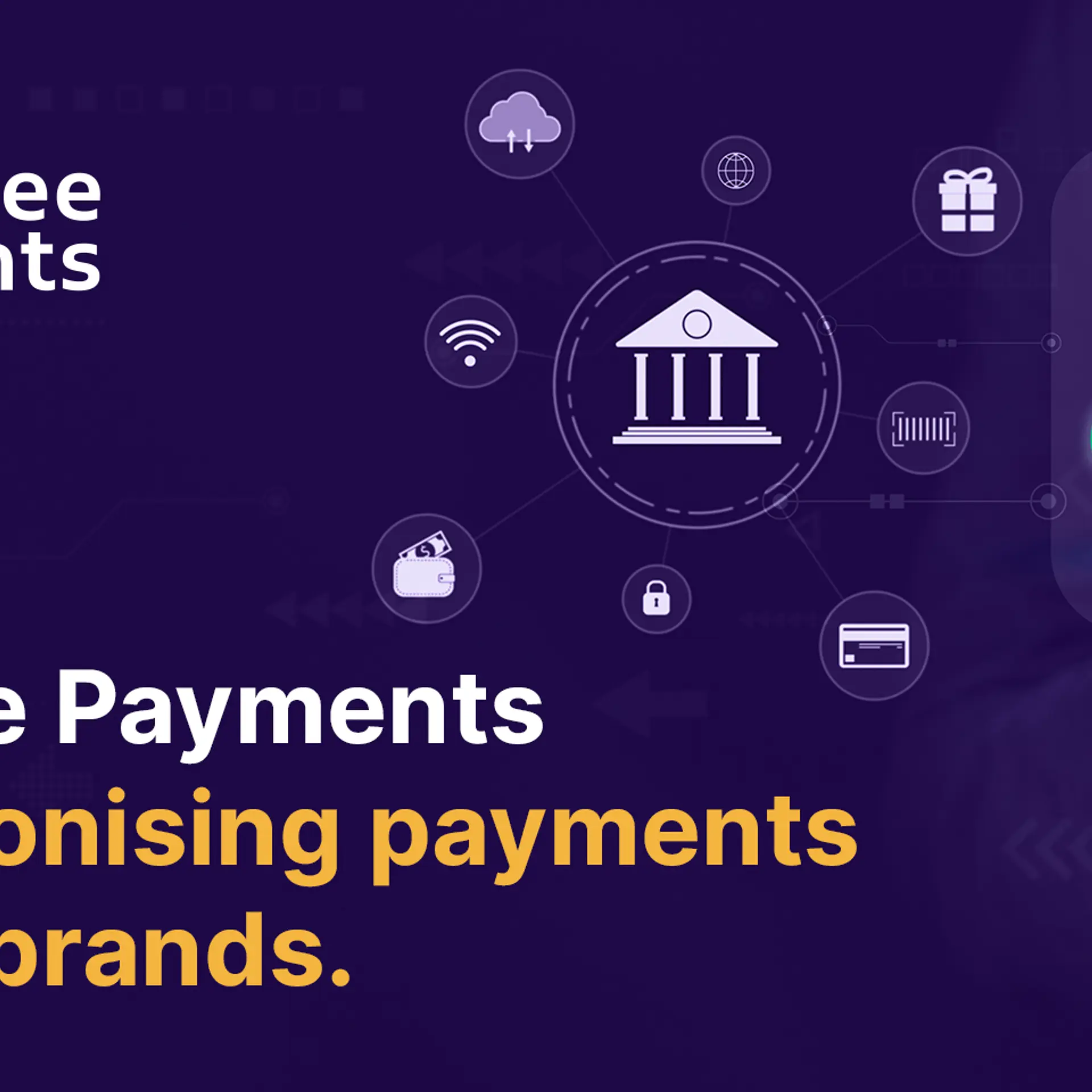Policy 4.0 CEO explains India’s Central Bank Digital Currency (CBDC) and how it’s different from crypto
The Reserve Bank of India (RBI) has been experimenting with Central Bank Digital Currency (CBDC) and is looking for a phased implementation next year. Tanvi Ratna, Founder and CEO, Policy 4.0, a digital currency think tank, explains how this might play out.
Central Bank Digital Currency (CBDC) is a concept being explored by China, Sweden, countries in the EU, and various other large economies for the last few years.
A CBDC is the virtual form of a government’s fiat currency, and is issued and regulated by local authorities. It is run on a digital ledger system, which may or may not be blockchain-based.
In India, the Reserve Bank of India (RBI) has been toying with the concept and is looking for a phased implementation for CBDCs in the next year.
“Money is evolving, and we are now seeing the concept of digital money emerging from the crypto revolution. There is now a fiat version of digital currency, which are sovereign issued and act as legal tender. This is known as CBDC,” says Tanvi Ratna, Founder and CEO, Policy 4.0, a digital currency think tank, in an interaction with BlockchainStory.
In fact, crypto has long aspired to act as digital currency, but it is increasingly seen as assets for investment or tokens for performing transactions on blockchains.
CBDCs, in contrast, are meant to be used as digital currency. For instance, the digital currency equivalent of INR can be used as legal tender to make payments, and transactions will be recorded on a digital ledger.

Current Indian scenario
Although China has been pioneering CBDC research and India is yet to gain momentum in this space, the local payment infrastructure is robust, highly-developed, and poses a big advantage in India’s future CBDC plans.
“Since 2019, the government has been against ‘private cryptocurrency’ being used as legal tender. The Finance Ministry has been supportive of centrally-issued digital currency, but the momentum has only picked up since last year,” Tanvi says.
The government is also working on a bill that aims to define, compartmentalise, and regulate crypto tokens based on their nature and use cases. However, it is still up for debate how India’s CBDC plans will impact the way it treats and regulates crypto.
“There are perspectives in the policy circle that CBDCs will crowd out crypto or become a complete alternative to crypto. But crypto, which is inherently decentralised, has diverged away from merely acting as payment systems, and it has become a critical part of Web 3.0 infrastructure. This is something CBDCs, which are centrally-issued, can never do,” Tanvi explains.

Crypto vs CBDC
In recent months, communities of developers have built crypto tokens into key components of decentralised gaming, social media and marketplace apps.
For example, blockchain-based games like Decentraland or Axie Infinity, or NFT marketplaces like are powered by crypto native to the blockchains on which these apps run.
An Indian CBDC, on the other hand, can be used for programmable payments between various parties, faster cross-border remittances, retail transactions, and perhaps even offline payments through secure, physical wallets.
“CBDC is not as disruptive as crypto already is. But when CBDCs come into the picture, they will be adopted much faster and have various use cases as they are backed by the full might of the state. This is fundamentally different from crypto, which has to gain traction and users organically,” Tanvi says.

The way forward
While the government experiments with CBDCs, the local blockchain and crypto industry remains hopeful for a regulatory framework conducive to innovation in distributed ledger technology.
Some Indian entrepreneurs have already flown to Singapore, Dubai, or other crypto-friendly nations to set up their businesses there, and so policymakers feel it is the need of the hour to prevent brain drain and to ensure growth through innovation in digital currencies.
“A regulatory sandbox for blockchain innovation that can be evolved into a licensed framework and helps the government manage risks is part of the solution. It is an obvious regulatory solution to give players the sandbox option and operate within the knowledge of the authorities. However, we sometimes tend to over-regulate, and this can be dangerous in a rapidly-evolving segment,” Tanvi explains.
Edited by Saheli Sen Gupta










